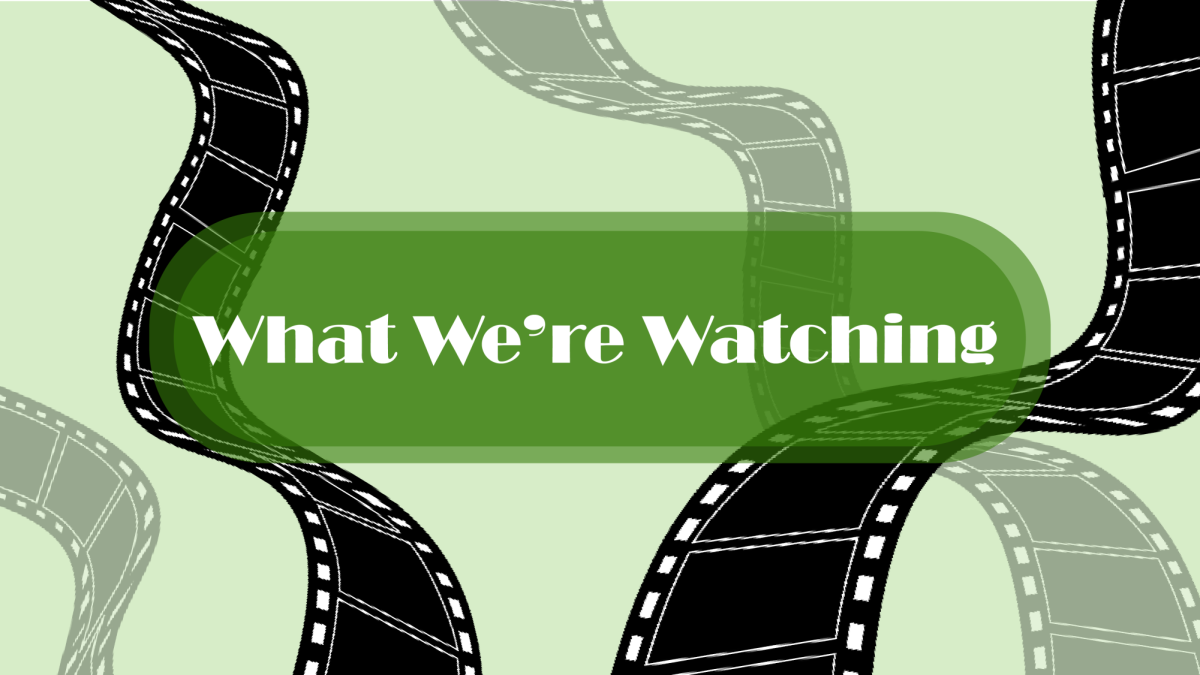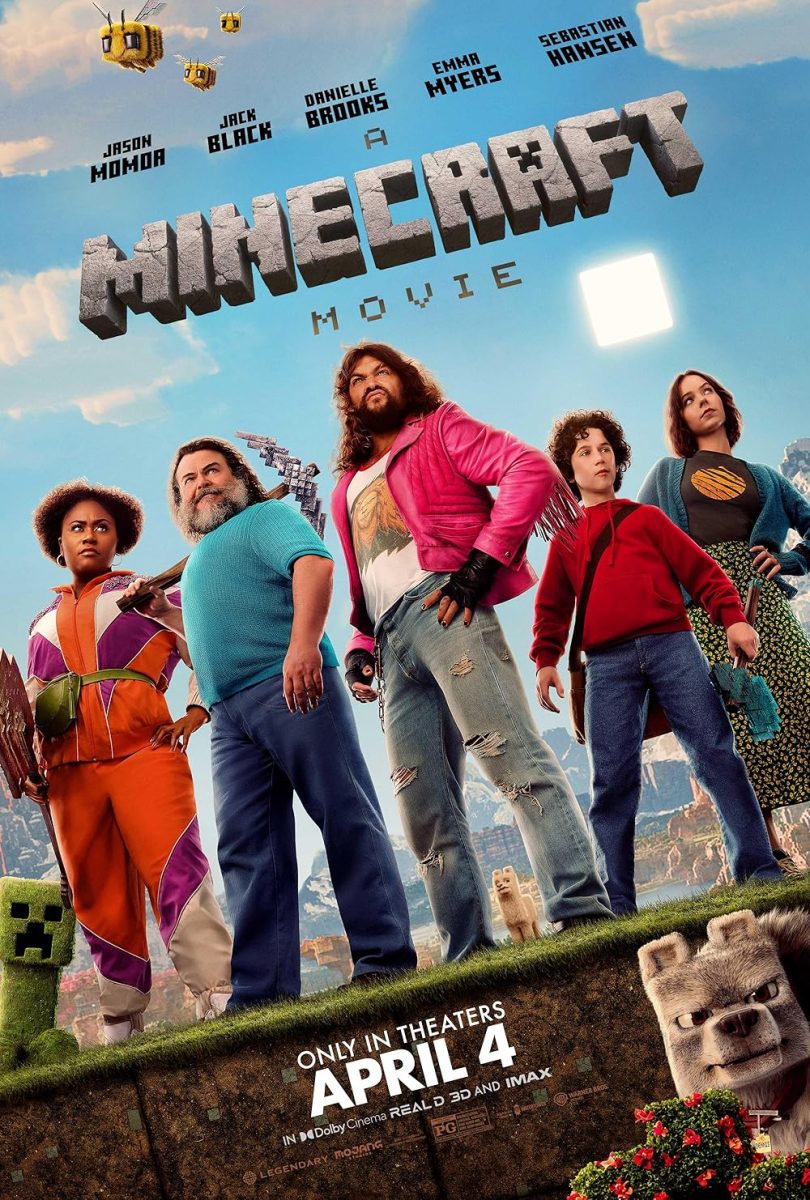
- Image via Wikipedia
By Victoria Clarizio
Staff Writer
The peace sign can be found on almost every commercial object these days. Many claim a special love for it, but at what point does mass production cause a symbol to lose its meaning? Looking back at the origins of the peace sign and its original purpose can bring a whole new perspective on the subject.
The peace sign was created by British artist Gerald Holtom in 1958 for the Direct Action Committee Against Nuclear War (DAC) during their march on April 4 from Trafalgar Square, London to the Atomic Weapons Research Establishment in Aldermaston. It was subsequently adopted by the Campaign for Nuclear Disarmament, which was the first step towards its popularity. Bayard Rustin, a friend of Martin Luther King Jr., was present at the original march in which the symbol was used. He brought it to the United States to use in civil rights marches. In addition, Philip Altbach, a student from Chicago bought buttons with the peace sign on them during a trip to England. He was a member of the Student Peace Union and they replicated the button and distributed to college campuses across the nation. Instead of just a symbol of the nuclear disarmament, it became a general sign for anti-war protestors, especially those protesting the Vietnam war during the late 1960’s.
The peace sign was not idly drawn by Holtom when he was bored in math class. He put thought and effort into making a symbol of meaning. Ironically, he created the sign out of semaphoric signals which the military uses to send messages. Holtom used the symbols for “N” and “D”, standing for Nuclear Disarmament. Apparently afterward, Holtom wished he had drawn the arms of the sign up to make it look more joyful, but this wish never took hold. He told Hugh Brock, editor of Peace News, that when he created it: “I was in despair. Deep despair. I drew myself: the representative of an individual in despair, with hands palm outstretched outwards and downwards.” Some may want to consider inverting the sign this way to honor his wishes.
At it’s core, the peace sign as we understand it today is not devoid of meaning. It is important however, to understand what you are supporting in wearing it or displaying it on accessories. The Campaign for Nuclear Disarmament has this to say about the use of the peace sign: “Although specifically designed for the anti-nuclear movement it has quite deliberately never been copyrighted. No one has to pay or to seek permission before they use it. A symbol of freedom, it is free for all. This of course sometimes leads to its use, or misuse, in circumstances that CND and the peace movement find distasteful. It is also often exploited for commercial, advertising or general fashion purposes. We can’t stop this happening and have no intention of copyrighting it.”
The Campaign does ask that anyone using it commercially consider making a donation to their cause and consumers might want to educate themselves on whether the stores they shop at actually do this. In the end, the peace sign can be simply a fashion statement or a statement of commitment to a more peaceful world.



![Reblog this post [with Zemanta]](https://img.zemanta.com/reblog_e.png?x-id=0f9e5419-a806-4d78-8b2b-3fab7918e7bc)






